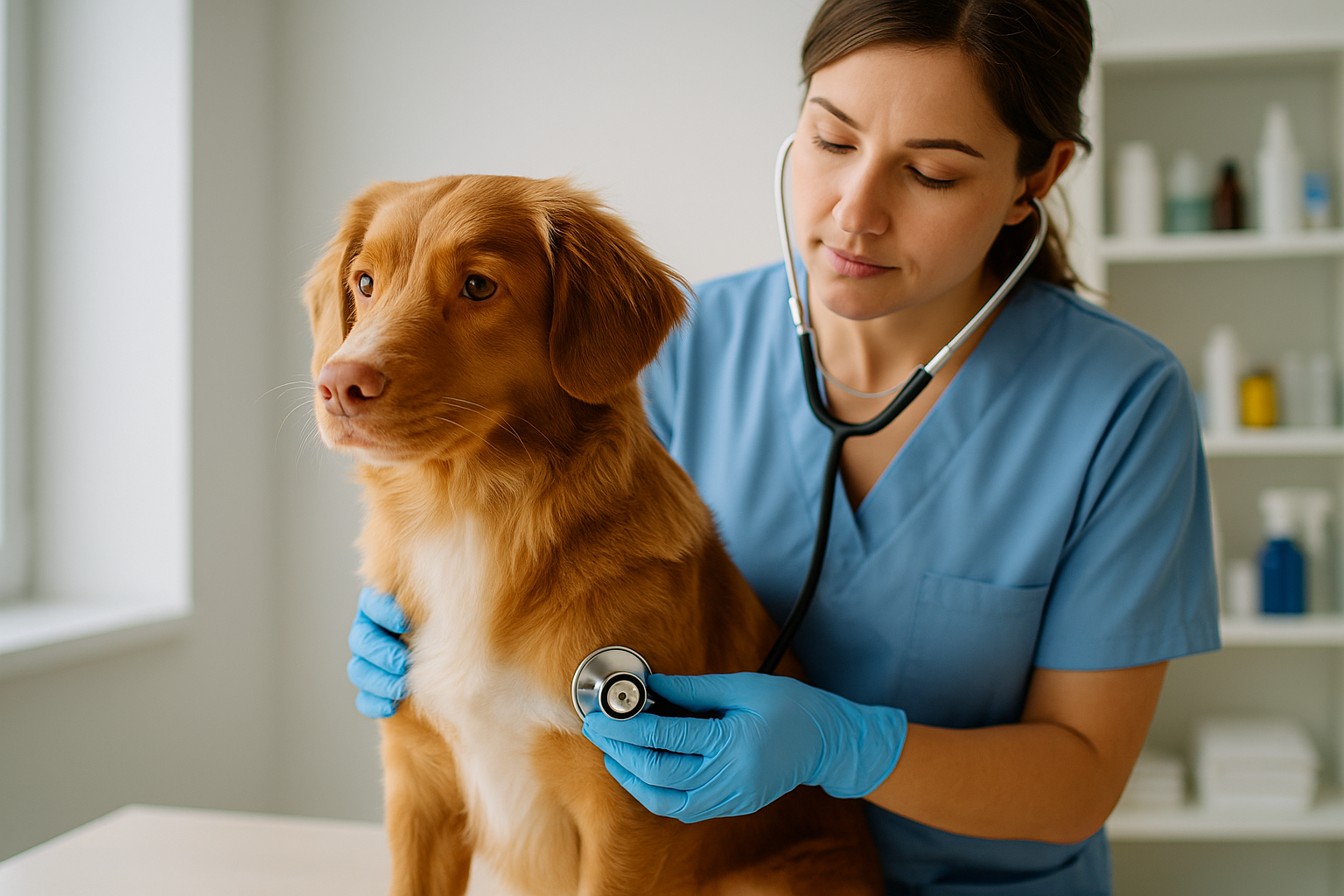Discovering illnesses early in your pets—be it a tiny Chihuahua, a fluffy Persian cat, a medium Corgi, or a large Labrador—can make the difference between a routine vet visit and a serious emergency. This guide helps you spot early warning signs in dogs and cats, organized by symptom type, along with breed-specific tips, actions to take, and a summary table. Plus, it includes an image that illustrates the care moment.
Why Early Detection Matters
Pets instinctively hide pain. Noticing small changes—like a difference in appetite, coat, bathroom habits, or mood—can help identify issues such as infections, allergies, stomach problems, or serious diseases. The earlier the problems are discovered, the better the outcomes—typically less invasive treatments, lower costs, and quicker recovery.
1. Changes in Appetite and Thirst
If a pet stops eating or drinking for less than a day, or suddenly starts eating and drinking a lot, this could indicate issues such as diabetes, dental pain, kidney problems, or gastrointestinal upset.
- Small dogs and cats: are particularly sensitive to changes in food—watch for sudden loss of appetite or thirst.
- Large dogs: offer controlled portions to avoid bloating; excessive stillness may signal health issues.
2. Energy, Behavior, and Mood
If a pet is unusually tired, uninterested in playing, hiding, or becoming aggressive, it may be unwell.
- Dogs may refuse to play their favorite games or seem uncomfortable on walks.
- Cats might hide or stop grooming themselves first.
Also, pay attention to changes in breathing; coughing, labored breathing, or wheezing can indicate respiratory or cardiac problems (like kennel cough, distemper, or heart conditions).
3. Gastrointestinal and Urinary Issues
If your pet vomits or has diarrhea for more than a day, or if you see blood in the stool or urine, it’s crucial to inform the vet immediately.If your pet urinates frequently, strains to urinate, or has accidents, this may indicate a urinary infection or kidney issues and requires veterinary attention.Older dogs and cats may struggle to hold their urine and feces because their bodies aren’t functioning as well as before, which needs care.
4. Signs in Skin, Coat, and Ears
Itching, redness, skin spots, swollen areas, hair loss, or dirt in the ears can indicate allergies, parasites, or infections.
These problems are more common in dogs with thick coats that love water, such as Retrievers or Shepherds.
Allergic reactions—sneezing or paw licking—usually appear in small to medium-sized dogs.
5. Signs in Eyes, Nose, and Respiratory Health
If you notice watery eyes, swelling, excessive blinking, or sneezing, it may indicate infections, allergies, or eye injuries—common in short-nosed breeds like Persians and Bulldogs.
Kennel cough is a dry cough that occurs when the dog is excited or when something presses on the throat; watch for it in high-density dog areas like shelters or daycare.
6. Mobility and Pain Signs
If a dog is limping, avoiding stairs or low furniture, becoming stiff after resting, or having difficulty jumping, it may indicate issues like arthritis, hip or elbow problems, or injuries. This is more common in medium to large-sized dogs like Corgis, Dachshunds, and Labradors.
7. Preventive Actions and Veterinary Care
Keep a log of symptoms: note changes in diet, behavior, bathroom habits, and energy levels. Utilize recommended health check-ups and symptom trackers from your vet.
When you notice red flags—like vomiting, bloating, lethargy, or pain—contact your veterinarian. Don’t wait. Use telemedicine for minor concerns and schedule timely in-person exams.
8. Screenings and Diagnostics
Blood tests, urine and fecal tests, and imaging are done if symptoms persist.
Vaccinations against diseases such as distemper, rabies, and kennel cough help provide protection.
Symptoms Summary Table
| Symptom Group | Signs to Watch For | Especially Concerning When… |
|---|---|---|
| Appetite/Thirst | Sudden drop or increase; reluctance to eat/drink | 24 hours of change; weight loss |
| Energy & Behavior | Lethargy, hiding, aggression, breathing changes | New cough, panting, hiding |
| GI Systems | Vomiting, diarrhea >24 hours, blood in stool/urine | Persistent symptoms, caretaker concern |
| Skin/Coat/Ears | Itching, redness, swollen areas, odor/discharge in ears | Spreading or sores; thick discharge |
| Eyes/Nose/Respiratory | Discharge, squinting, coughing, sneezing | Harsh cough after excitement |
| Mobility & Pain | Limping, reluctance to jump, stiffness | Visible discomfort, limping |
Quick Tips:
- Monitor your pet’s eating and drinking daily—note any changes promptly.
- Groom and inspect your pet’s coat weekly for skin issues or parasites.
- Record changes in behavior and bathroom habits through photos or videos.
- Call your vet if symptoms persist beyond a day or worsen.
- Ensure your pet is current on vaccinations and parasite preventative medication.
- Keep a journal of health signs—it helps during vet visits.
